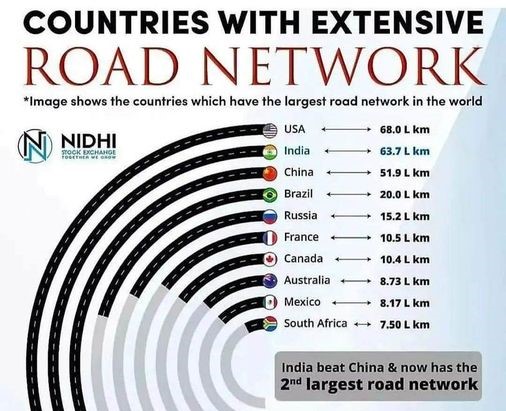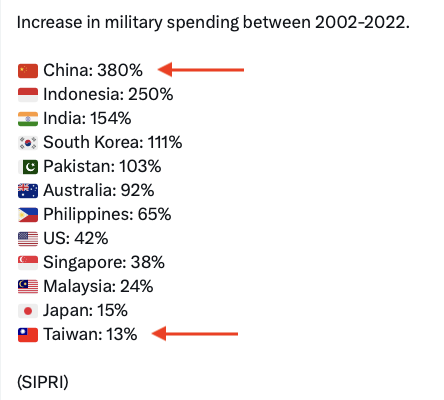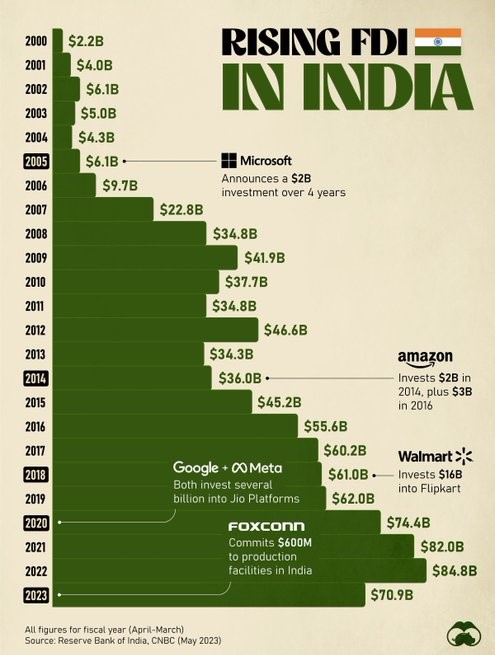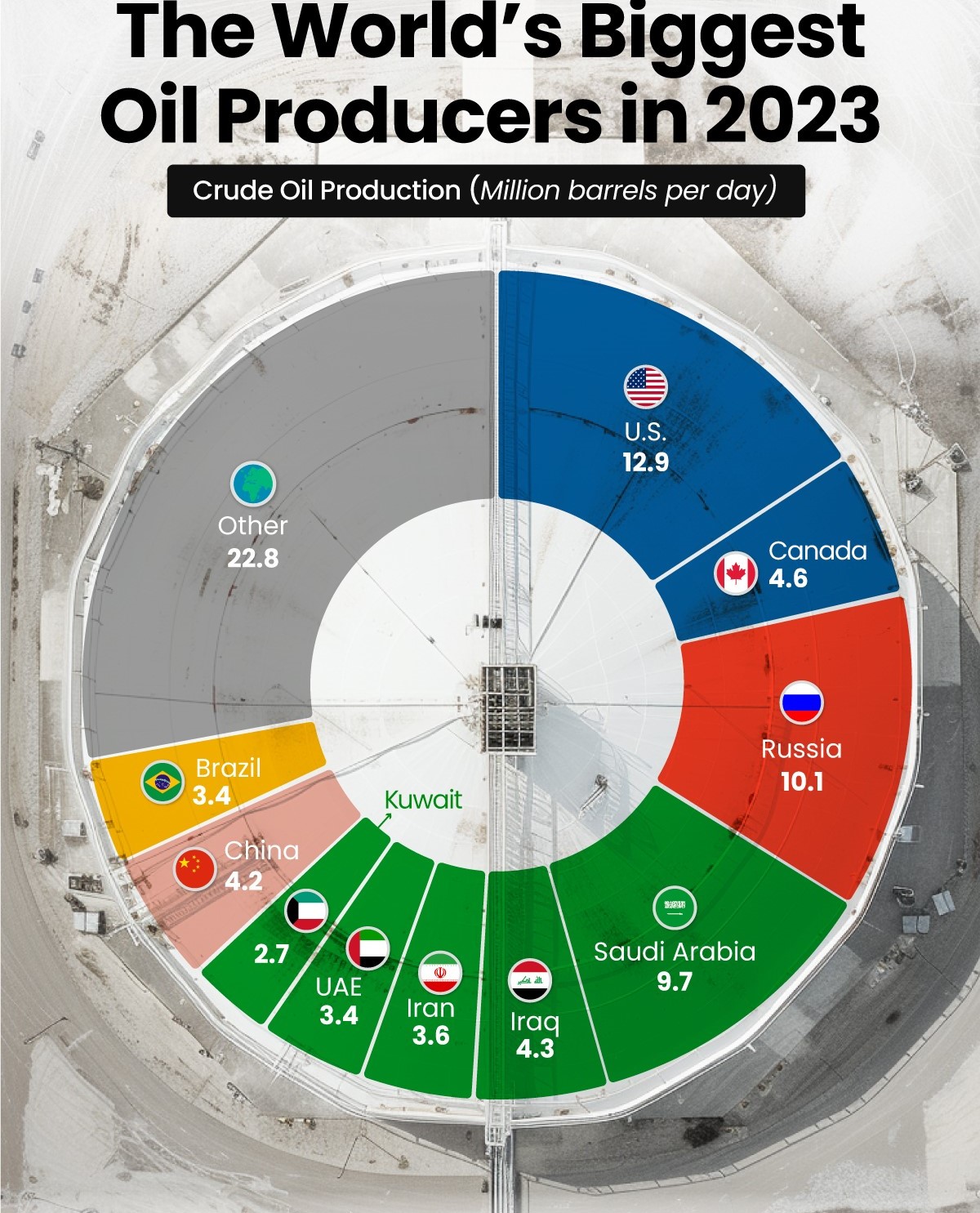
All Pics: Courtesy Internet
1.

-
-
- China is enhancing its expeditionary capability.
-
-
-
- It is rapidly developing its fleet of aircraft carriers.
-
-
-
- Its third carrier (Most advanced so far) has commenced water trials.
-
-
-
- It is developing the capability in holistic manner.
-
-
-
- Simultaneously looking at fighter aircraft and combat support aircraft for carrier operations.
-
-
-
- It is also addressing the issue of training, doctrine and tactics.
-
-
-
- It is developing support bases world over.
-
-
-
- It has a number of support bases in the IOR region.
-
-
-
- Chinese naval presence in the IOR has increased manifold in the last decade.
-
-
-
- In times to come it is likely to have three carrier groups.
-
2.

-
-
- It is an proud achievement.
-
-
-
- The road connectivity has improved considerably in the last two decades.
-
-
-
- The quality of expressways and highways is good.
-
-
-
- There is still lots to be done.
-
-
-
- City Road infrastructure needs special attention.
-
-
-
- Other area of concern is the border road infrastructure.
-
-
-
- Although fresh impetus has been given to it and is progressing rapidly.
-
-
-
- However it is still lagging as compared to the adversaries in terms of reach.
-
-
-
- While we are catching up on the reach the adversary is concentrating on speed by further improvements.
-
3.

-
-
- China’s increase in her military spending indicates her aspiration to be number one world power.
-
-
-
- China’s military spending and her aggressive attitude is spurring a arms race in the region.
-
-
-
- The military expenditure of the threatened countries is also showing a upward trend.
-
-
-
- The Russia – Ukraine war is acting as a catalyst to military spending by NATO and European countries.
-
-
-
- Israel-HAMAS (Iran) war will stimulate military spending in the middle east region.
-
4.

-
-
- FDI inflows have increased 40 times in the last two decades.
-
-
-
- The parameter is a part of the country’s growth story.
-
-
-
- The changes in FDI Policy and offering incentives and concessions to foreign investors has promoted the FDI inflows.
-
-
-
- These incentives include tax exemptions, duty-free imports for certain sectors, and special economic zones (SEZs) with preferential treatment regarding taxation, customs, and regulatory compliance etc.
-
-
-
- The advantages of high FDI inflow include enhanced economic growth, technology transfer, employment generation, and infrastructure development.
-
-
-
- In 2022, India ranked 10th in top destinations for foreign direct investment (FDI).
-
-
-
- There is a scope for further enhancement.
-
-
-
- Some of the major impediments are political instability, lack of infrastructure, confusing tax and tariff policies, strict regulations and labor laws, and corruption.
-
5.

-
-
- Oil is in great demand, and its price primarily a function of market (supply and demand).
-
-
-
-
- Some other variables also affect oil prices.
-
-
-
- The IEA Oil Market Report (OMR) is one of the world’s most authoritative and timely sources of data, forecasts and analysis on the global oil market – including detailed statistics and commentary on oil supply, demand, inventories, prices and refining activity, as well as oil trade for IEA and selected non-IEA countries.
-
-
-
- The production of oil in India amounted to 737 thousand barrels a day in 2022, with a decreasing trend.
-
-
-
- A holistic approach is required towards addressing the energy security.
-
-
-
- Some of the areas include enhancement of domestic production, diversification of procurement sources, storage capacity, investment in alternative energy sources and energy conservation measures.
-
Suggestions and value additions are most welcome
For regular updates, please register here:-
References and credits
To all the online sites and channels.
Disclaimer:
Information and data included in the blog are for educational & non-commercial purposes only and have been carefully adapted, excerpted, or edited from sources deemed reliable and accurate. All copyrighted material belongs to respective owners and is provided only for purposes of wider dissemination.
